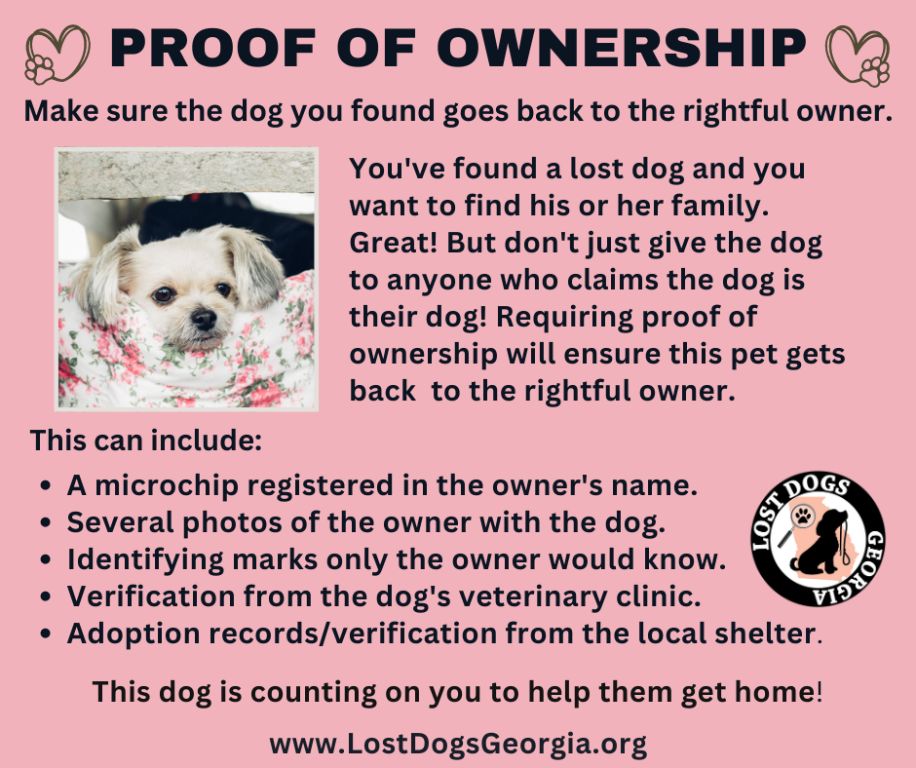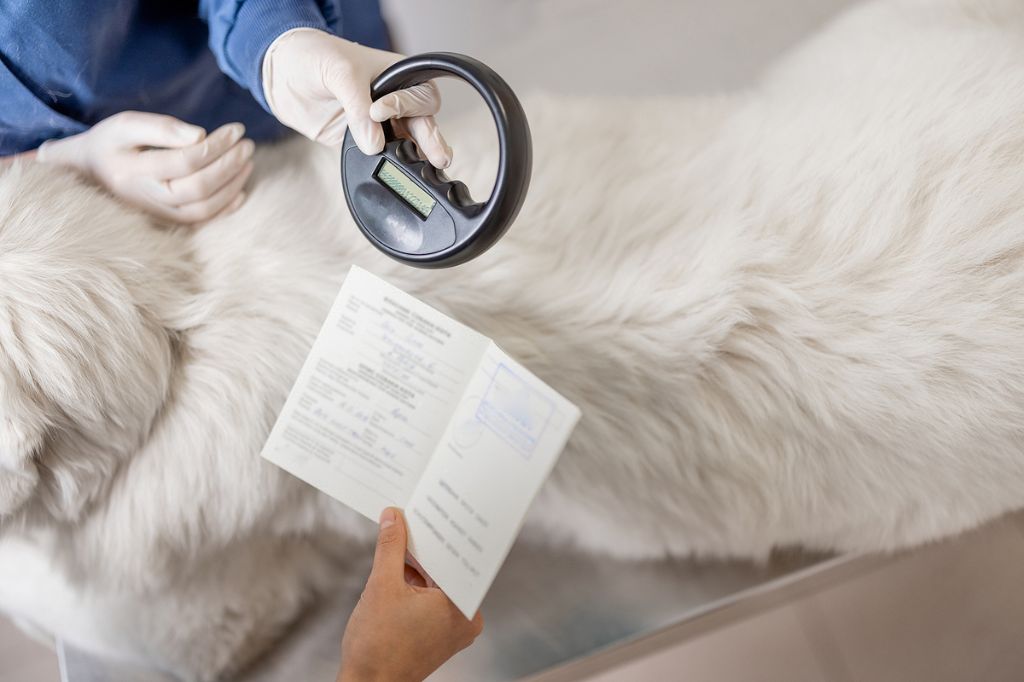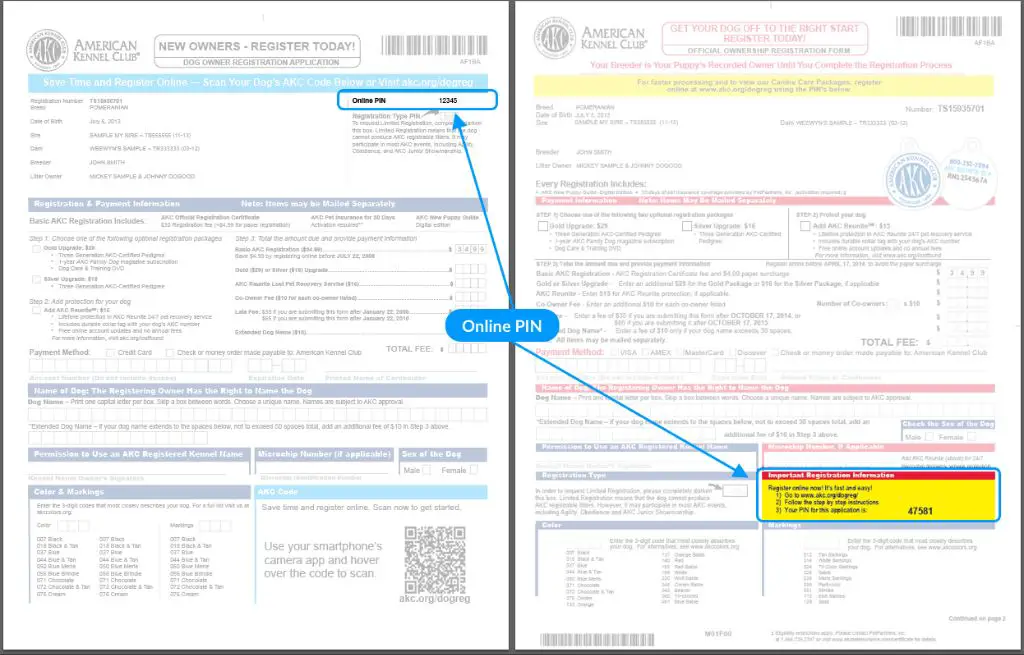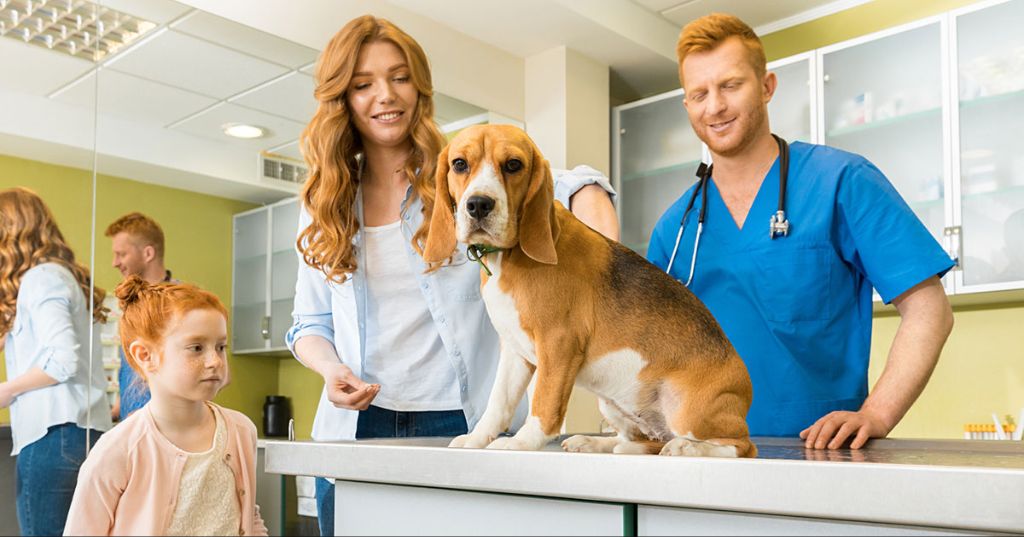Introduction
Transferring legal ownership of a dog is an important process to ensure the welfare of the animal and to protect both the previous and new owners. Failing to properly transfer ownership can lead to disputes, lost pets, and legal complications down the road. This guide will explain the necessary steps to legally and smoothly transfer ownership and care of a dog from one owner to another.
Ensuring a clear legal chain of ownership is critical for several reasons. It protects the original owner from liability if the dog bites or injures someone under the new owner’s care. It gives the new owner peace of mind that their ownership rights are legally recognized. And most importantly, it prevents the dog from ending up lost or in a shelter if ownership is ever disputed. Taking the time to legally transfer a dog is a small investment to avoid much larger problems.
Obtain Proof of Ownership
When legally transferring ownership of a dog, the first step is to obtain proof that you are the current lawful owner. This is crucial for demonstrating valid ownership and avoiding disputes. Proof of ownership can include adoption papers from a shelter or breeder, American Kennel Club registration paperwork, microchip registration in your name, veterinary records showing your name and address, receipts for dog-related purchases, insurance paperwork, photos, and records of license and vaccination (According to justgreatlawyers.com).

Veterinary records, especially recent ones, help establish that you have been responsible for the dog’s care and assumed ownership, even if they don’t definitively prove legal ownership (According to firststreetpets.com). Microchipping and registering as the owner provides strong evidence that you are the lawful owner if questions arise. Overall, the more types of documentation you can gather, the better in case any individual record is contested or unable to be located (According to caninejournal.com).
Having irrefutable proof of ownership is an essential first step before legally transferring a dog to ensure the transfer is valid and you can demonstrate your rights as the current owner.
Transfer Microchip Information
One of the most important steps when legally transferring ownership of a dog is to update the microchip registration information. Most dogs are microchipped by the breeder or shelter they came from, so the microchip will still have the previous owner’s contact information. To officially transfer ownership, you need to have the microchip registry changed over to your name and contact details.
To transfer microchip registration, you will first need to locate the microchip number. This is usually on the dog’s adoption papers or veterinary records. Once you have the microchip number, you can look up what registry the microchip is registered with. Common registries include 24Petwatch, Found Animals, and HomeAgain.
Each registry has its own process, but most allow you to easily transfer microchip information online or over the phone. You will need to provide the microchip number, dog’s information, and your own contact details. There is typically no cost associated with transferring microchip information to a new owner. The whole process usually only takes about 5-10 minutes.
It’s crucial to transfer the microchip registration right away when taking ownership of a dog. This ensures you can be contacted if the dog ever gets lost or separated from you. Keeping the microchip info updated will make the reuniting process quick and simple.

Create a Bill of Sale
A bill of sale is an important legal document that provides written proof of the ownership transfer. It outlines the details of the transaction, including the current owner, new owner, dog’s information, sale price, and date (Source). Having a bill of sale protects both parties if any issues arise after the transaction.
The bill of sale should include key details like the dog’s name, breed, color, age, microchip number, and any distinguishing features. It should state the sale price and payment terms. Include the names, addresses, and contact information for both the seller and buyer. Both parties should sign and date the document.
There are free bill of sale templates available online that you can customize with your information (Source). Make sure to use an official template and have it notarized for validity. Keep the original for your records and provide a copy to the new owner. Having this documentation is crucial to legally transfer ownership.
Update Registration
One of the key steps in legally transferring pet ownership is to update the registration to reflect the new owner. For dogs registered with the American Kennel Club (AKC), you’ll need to file a transfer of ownership form according to the AKC guidelines. This allows the AKC to have an accurate record of who owns the dog.
To transfer an AKC registered dog to a new owner, you’ll need to complete the transfer ownership form either online or by mail. The new owner will need to provide their contact information and signature. The previous owner also needs to sign to authorize the transfer. There is a small fee to process the ownership transfer.
Make sure to follow all instructions carefully to avoid any delays in processing. Once completed, the AKC will send the new registration certificate to the current owner. This makes the transfer of ownership official. Having accurate AKC registration ensures the dog can be entered in competitions and that pedigree records stay updated.

Notify Authorities
It is important to notify your local animal control or licensing authority when you transfer ownership of a dog. Many municipalities require pet owners to license their dogs annually. When ownership changes, the license needs to be transferred to the new owner. Notifying animal control ensures the licensing records stay accurate and up to date.
To notify animal control of an ownership change, contact your local animal care and control office. Let them know you have transferred ownership of your dog and provide the new owner’s contact information so they can update their records. You may need to send them a copy of the bill of sale or ownership transfer contract as proof. The new owner will likely need to apply for a license in their name.
Properly notifying authorities ensures a smooth transition process. The new owner will be able to license the dog without issue. You will have proof you are no longer responsible for the pet. Updating records also helps shelters or animal control return lost dogs to the right owner. Taking these simple steps makes the transfer of ownership seamless while following local regulations.
Update Collar and ID Tags
It is crucial to update your dog’s collar and ID tags with the new owner’s contact information once the ownership transfer is complete. The tags on your dog’s collar are the first identifier should your dog ever get lost or separated from the new owner. Having current contact information on the tags ensures the dog can be quickly reunited with the proper owner.
It is recommended to purchase a new collar and ID tag set entirely for the new owner. This provides a fresh start and removes any old, worn out collars. There are many stylish, customized options for dog collars and engraved ID tags these days. For the ID tag, make sure to include the new owner’s name, phone number, and address at a minimum. Many tags also allow you to include additional information like an email or the dog’s name.
A new collar with updated ID tags is a simple way to help protect your dog should it ever go missing. It also symbolizes the dog’s transition to the new owner. Taking the time to get a new, nice quality collar and engraved ID tag with the latest contact information demonstrates responsible pet ownership.
Transfer Veterinary Records
Continuity of care is very important when transferring a dog to a new owner. To ensure the dog’s medical history is preserved, the current owner should request the veterinary clinic to transfer all records to the new owner’s veterinarian of choice. This allows the new veterinarian to understand the full medical history of the dog.
Here is the process for transferring veterinary records to a new owner:
- Contact your current veterinarian and request copies of all medical records for the dog. This may include vaccination history, medical procedures, lab results, etc. Ask them to provide these records directly to the new owner’s veterinarian.
- Provide the new owner with the name, address, and phone number of your current veterinarian so they can follow up on obtaining the records.
- The new owner should contact their chosen vet and provide the contact information for the old vet to request transfer of records. Most clinics require a signed release form from the new owner before transferring records.
- Follow up with the new veterinarian after a few days to ensure they received the full medical history from the previous vet.
Having complete and accurate medical records allows for consistent care as the dog changes owners. It also prevents critical information from being lost or duplicated unnecessarily. A smooth transfer process gives the new veterinarian a full picture of the dog’s health and enables the highest quality of ongoing care. For the wellbeing of the dog, properly transferring veterinary records is an essential step when transferring ownership.
Follow-up Care
After legally transferring ownership of your dog, it is important for the new owner to schedule a visit with the veterinarian within the first couple weeks. This allows the vet to establish a relationship with the new owner and get the dog’s medical history transferred over (Source 1). At this first visit, the vet can ensure the dog is up-to-date on vaccines and discuss any ongoing medical needs. They can also provide advice on nutrition, flea/tick prevention, and other aspects of dog care.

It is also essential for the new owner to start training and establishing a routine right away. Taking the dog to obedience classes is a great way to bond and start positively reinforcing desired behaviors (Source 2). Creating a predictable daily schedule of feedings, walks, playtime and more gives the dog stability. The new owner should be patient and consistent in training.
Finally, the new owner should “dog proof” their home by removing any dangerous objects and designating a safe space for the dog with a crate, toys and bed. Using baby gates can help restrict access until the dog is properly house trained (Source 3). It takes time for a dog to adjust to a new home, so giving them their own area can help with the transition.
Conclusion
Summarize main steps for legally transferring dog ownership. Recap importance of proper legal transfer.
When transferring ownership of a dog, it’s crucial to follow all legal steps to protect both the current and new owner. The main steps covered in this article include:
- Obtaining proof of current ownership like veterinary records or registration
- Transferring microchip information into the new owner’s name
- Creating a bill of sale to document the ownership transfer
- Updating the dog’s registration with the new owner’s information
- Notifying relevant authorities about the change in ownership
- Transferring veterinary records to provide continuity of care
Following these proper legal protocols ensures a smooth transition process and clearly establishes the dog’s new ownership. This protects all parties in case any questions arise down the road. Proper documentation also aids the new owner in getting the dog necessary medical care or becoming reunited if lost. Ultimately, taking the time to legally transfer dog ownership benefits both the dog and owners.